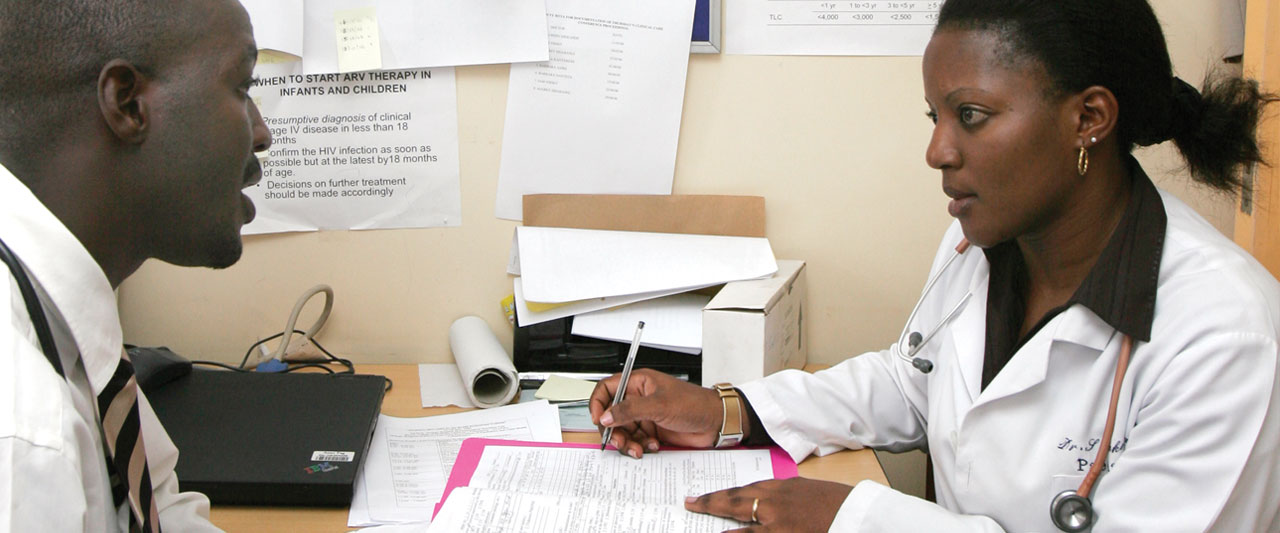With abortion-related causes accounting for an estimated 26 percent of maternal mortality in Uganda, the country’s Ministry of Health has approved national standards and guidelines aimed at reducing deaths and injuries caused by unsafe abortion. They will be implemented in health facilities across Uganda and are designed to improve the health system’s capacity to deliver safe abortion care and to increase community awareness about the dangers of unsafe abortion.
According to Prof. Anthony Mbonye, director of community and clinical health services for the Ministry of Health, there are more than 300,000 abortions in Uganda each year and the “vast majority” are unsafe. In announcing the new standards and guidelines in Kampala on June 4, Mbonye said unsafe abortion is costly in both the number of lives lost and in the amount of money the Ugandan health system spends each year to treat complications of unsafe abortion.
“We are here today,” Mbonye said, “to show a common commitment in reducing grossly high maternal death rates from unsafe abortion in this country … The provision of quality reproductive health care services, including the provision of safe abortion services, are fundamental human rights.”
The new standards and guidelines were developed by the Ministry of Health Reproductive Division in collaboration with a multi-disciplinary team of health experts, legal experts and organizations, including the World Health Organization, Ipas Africa Alliance and the Association of Obstetricians and Gynaecologists of Uganda (AOGU). Ipas Africa Alliance works with partners in Uganda and five other nations—Kenya, Malawi, Mozambique, Senegal and Tanzania— to improve the legal and policy environment for safe abortion in Africa, combining regional-level policy work with country-level support for actions to expand access to comprehensive abortion care.
Uganda previously had adopted guidelines for postabortion care, but, as Mbonye noted, those guidelines did not address prevention and management of unsafe abortion or the legal framework for abortion care. The new guidelines will address the primary, secondary and tertiary levels of prevention of unsafe abortion. They are intended to systematically address unsafe abortion by improving services related to reducing unwanted pregnancies and expanding access to safe, legal abortion care, including postabortion family planning services.
As the Guttmacher Institute noted in a 2013 report on abortion in Uganda, “Ugandan law allows abortion under some circumstances, but laws and policies on abortion are unclear and are often interpreted inconsistently, making it difficult for women and the medical community to understand what is legally permitted.”
In a statement issued through the Center for Health, Human Rights & Development (CEHURD), Dr. Charles Kiggundu, president of the AOGU, said the number of recorded deaths from unsafe abortion in Uganda may actually be underreported. Because of the stigma surrounding abortion, he said, it is likely that many deaths from unsafe abortion are reported as due to hemorrhage or sepsis.
“These new standards and guidelines will help us greatly,” he said. “Many health professionals now believe that abortion is totally illegal. These guidelines will provide a better picture on how, when and in what circumstances a safe abortion can be performed.”
For more information, contact [email protected]


